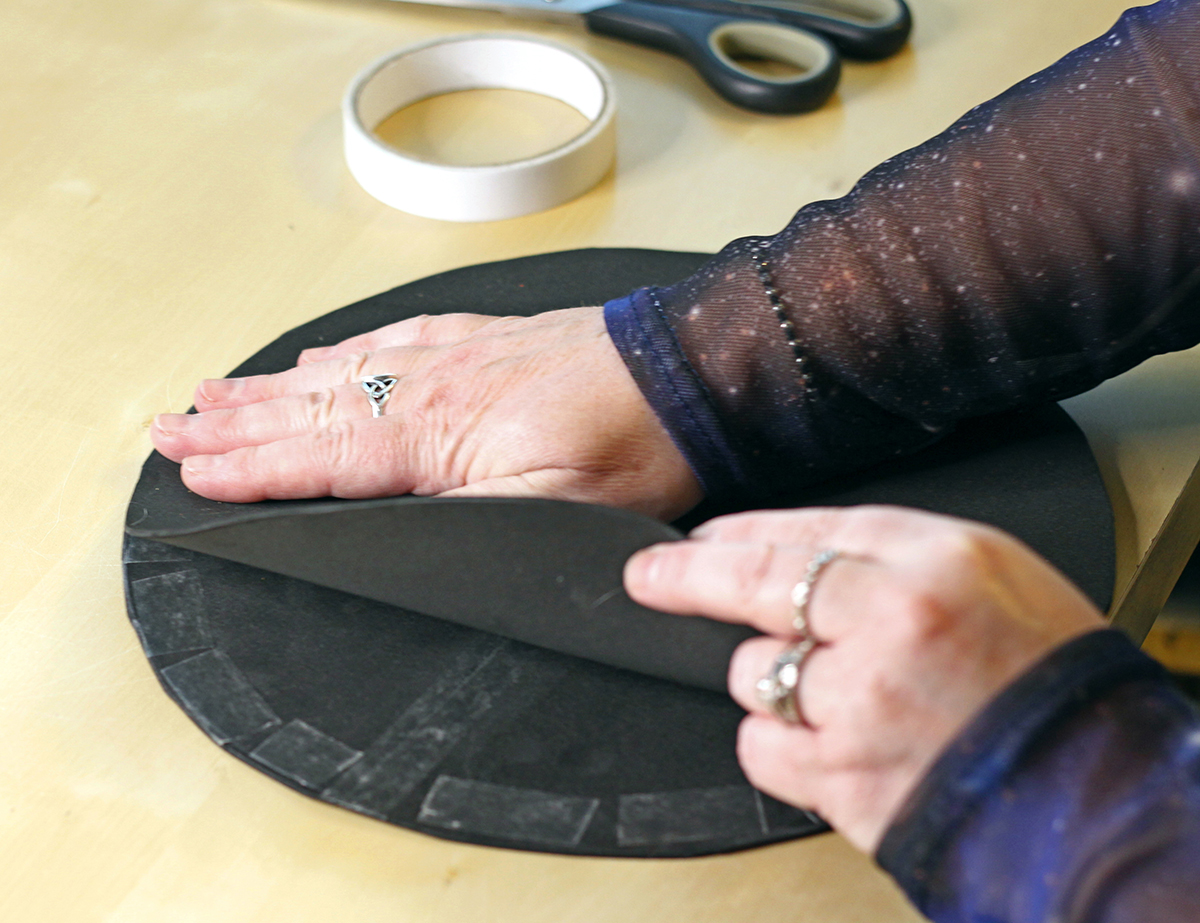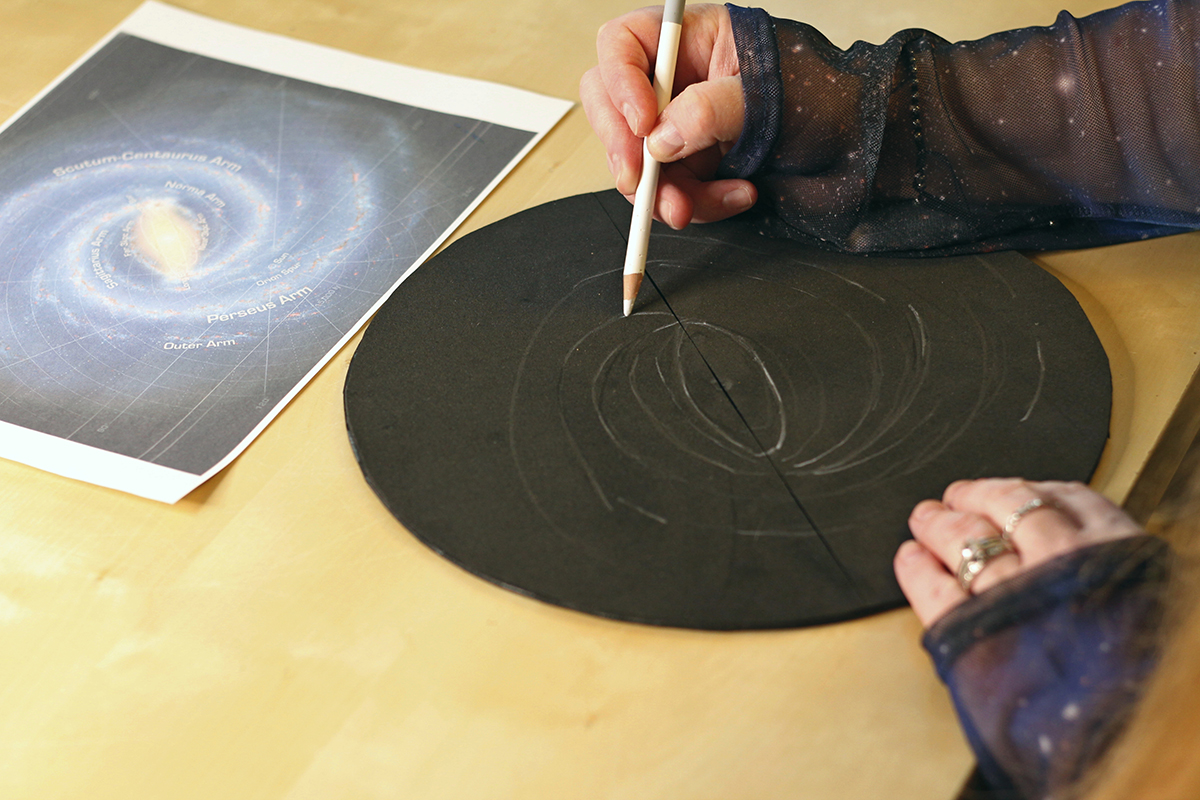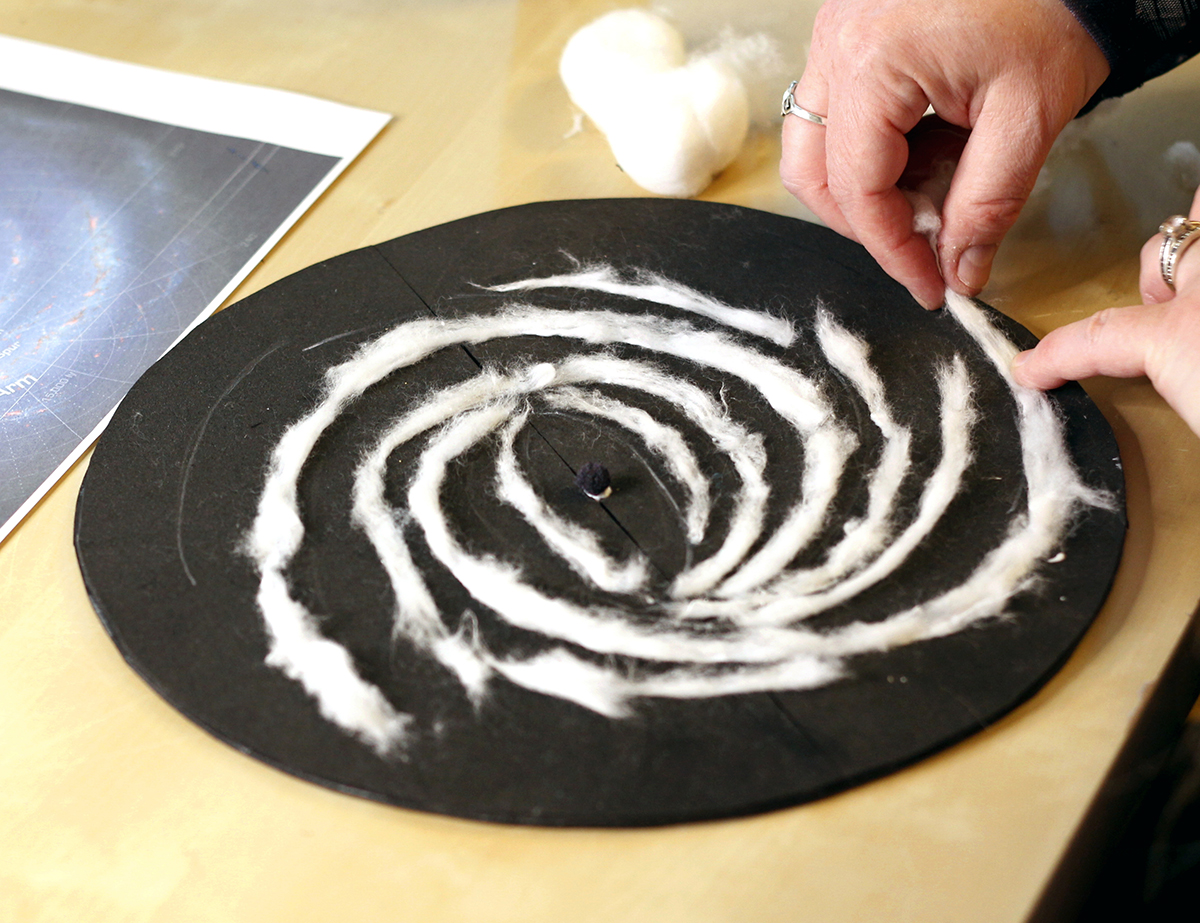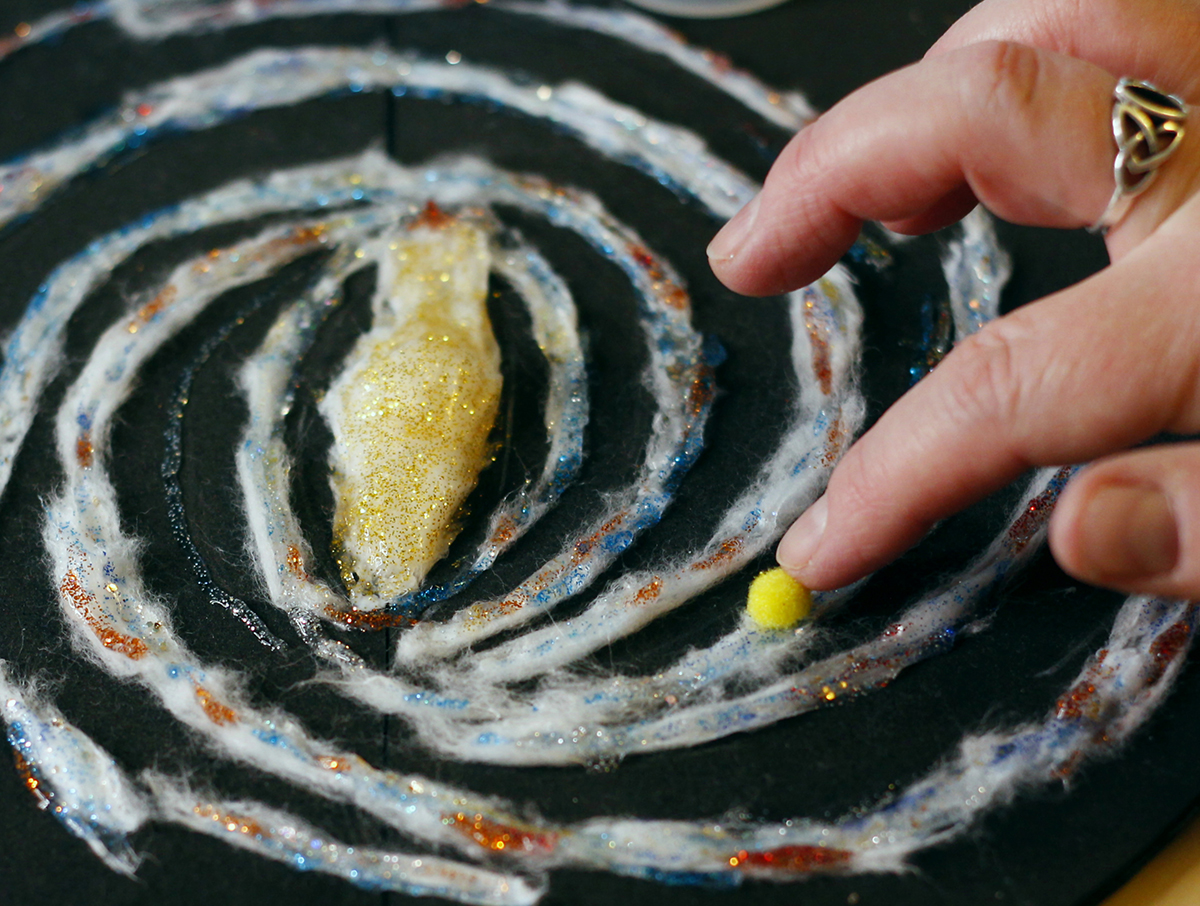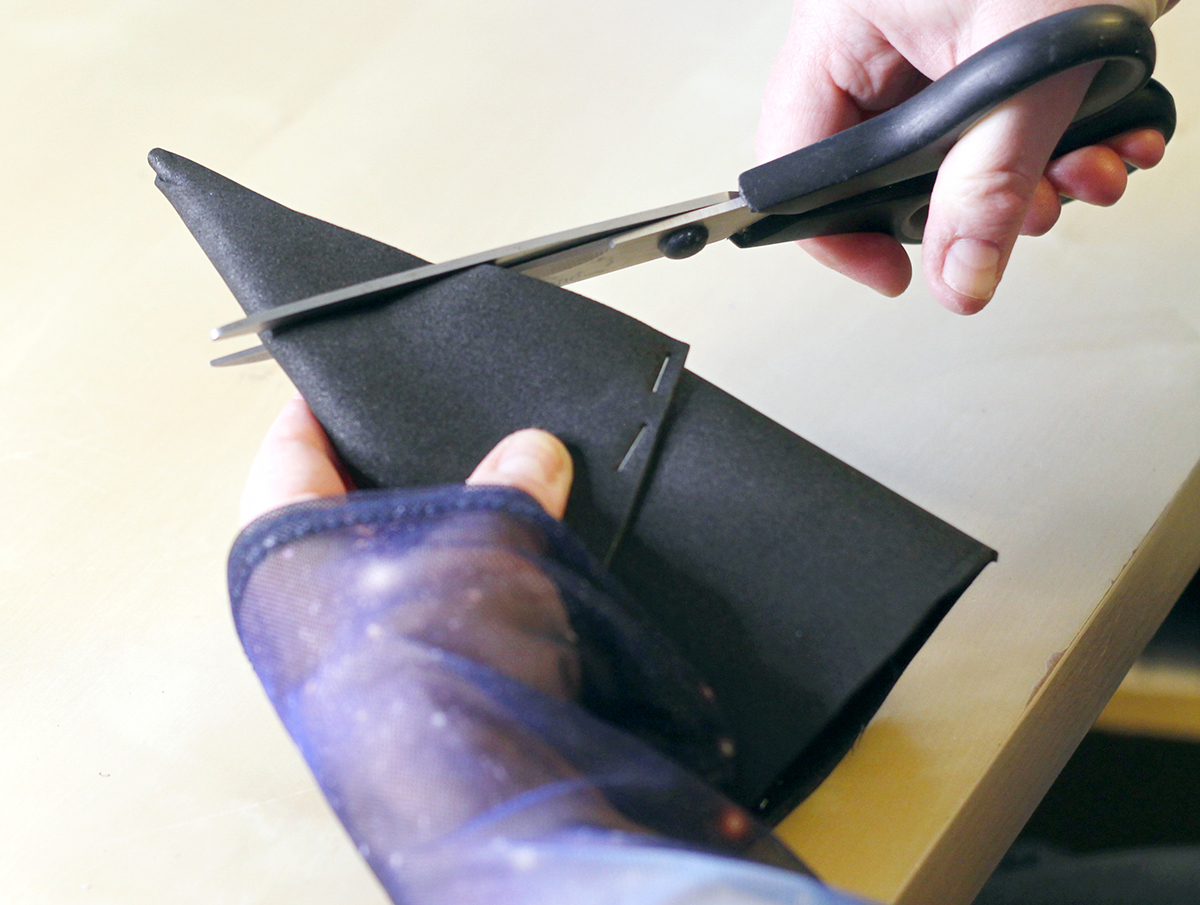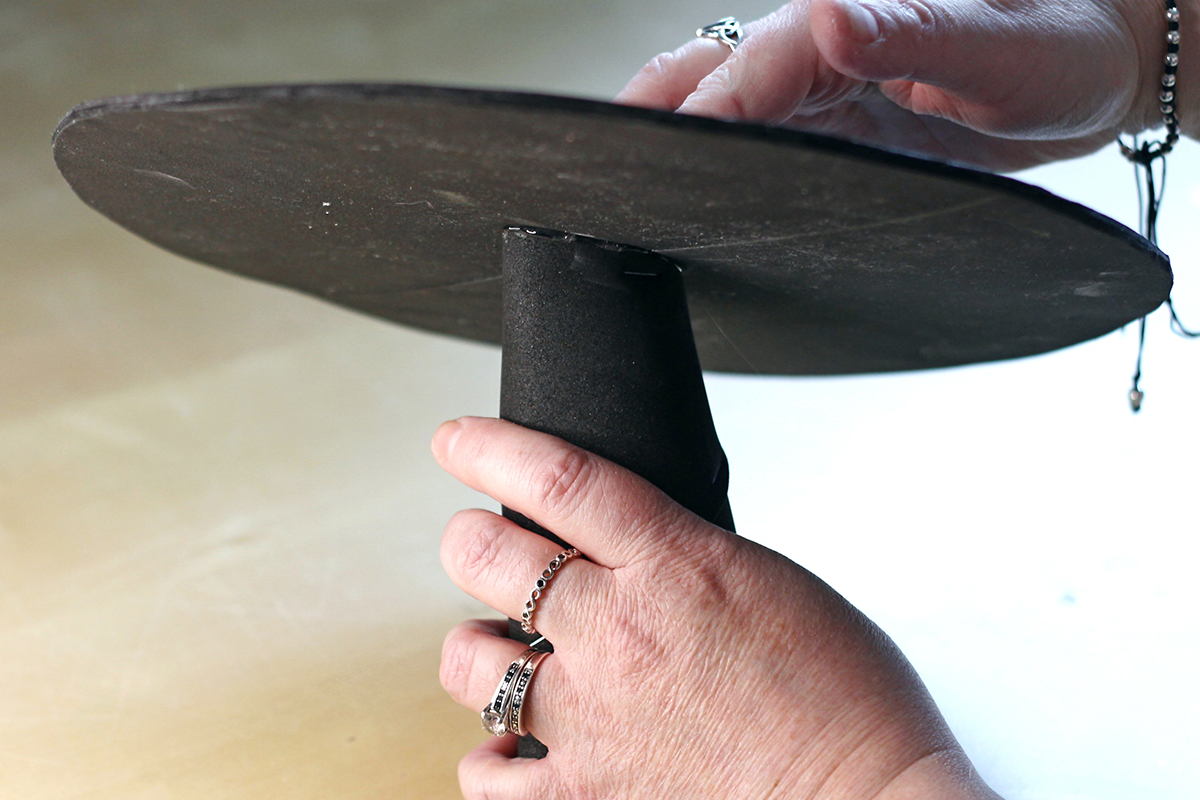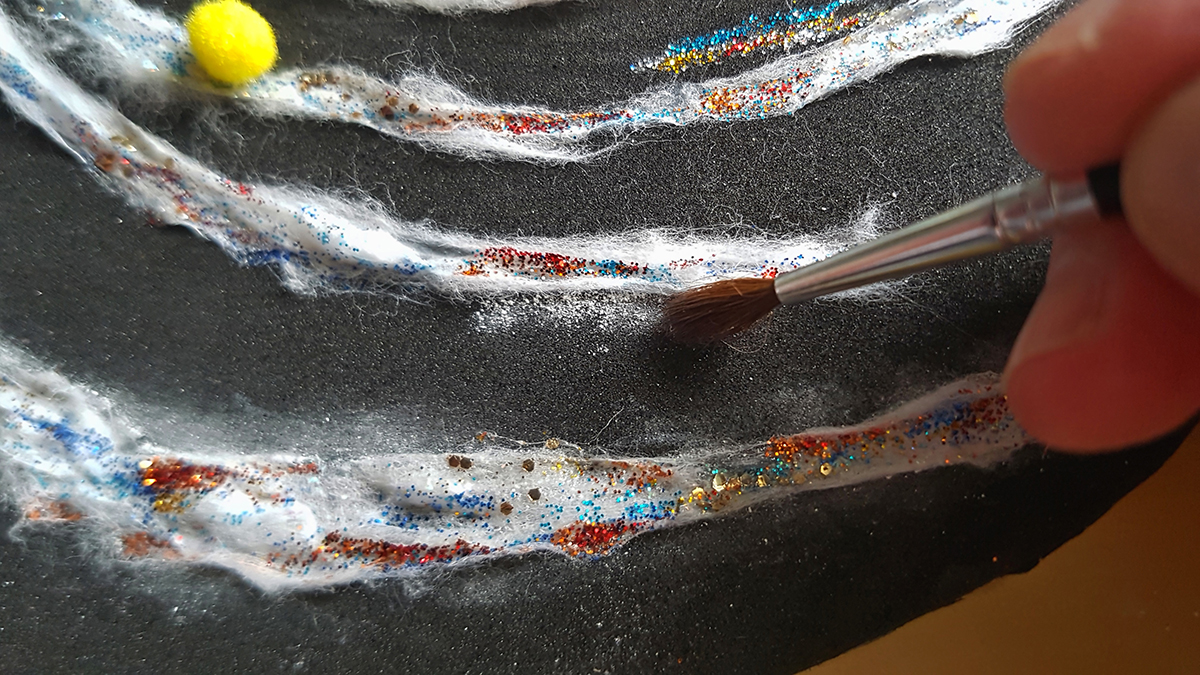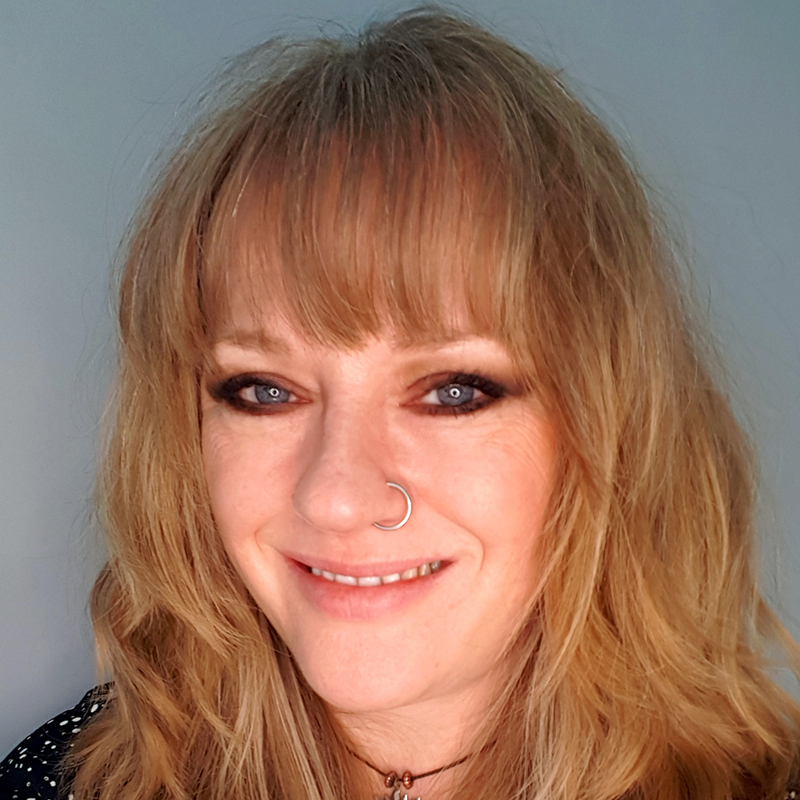A highlight of summer nights is seeing the Milky Way stretching across the sky. Its name is a translation of the Latin via lactea, meaning ‘milky road’, which perfectly describes its appearance from Earth.
Over the centuries our knowledge of the Milky Way has changed considerably.
It wasn’t until Galileo pointed his telescope at the Milky Way that we discovered that it’s made up of individual stars.
And it was believed for ages that it contained all the stars in the Universe, with our Sun at its centre.
Next, in the 1920s, the Milky Way was found to be one of many galaxies. Visually, we could see that it must be a flattened disc of stars, but other details were still a mystery.
For more astronomy projects, read our guides to making a model of a comet, making a model of an eclipse or our space projects for kids.
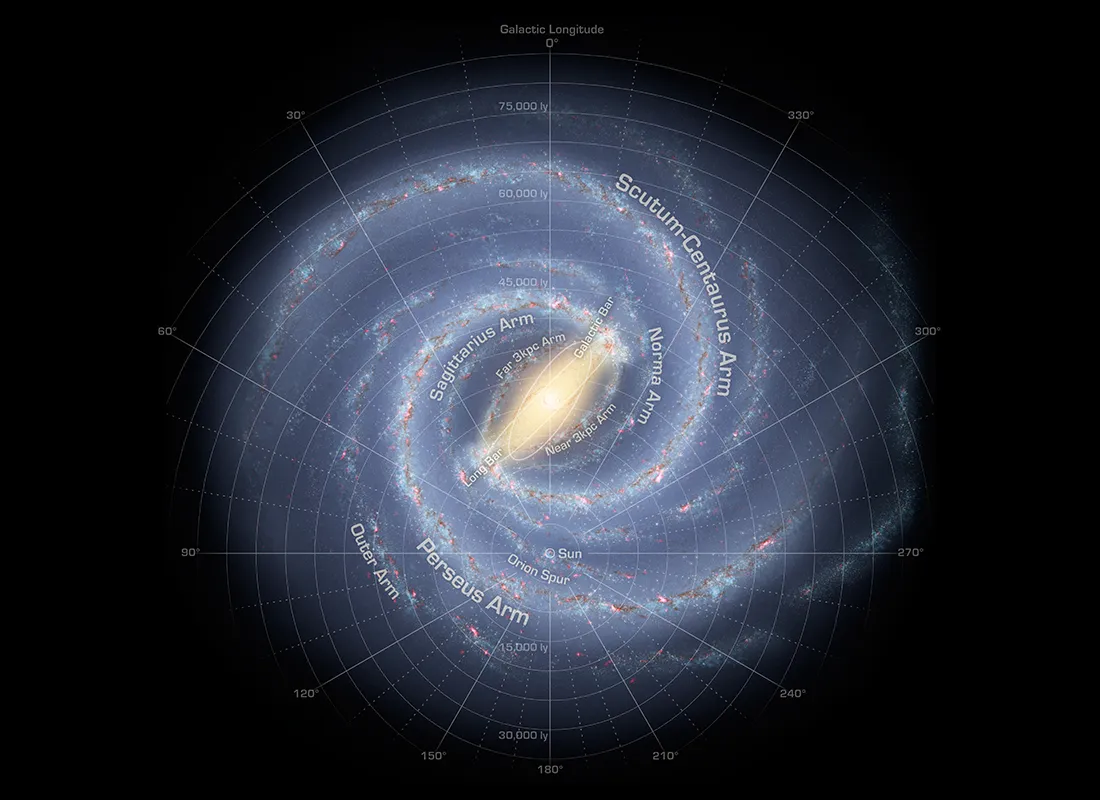
Astronomers have since studied the Milky Way with techniques encompassing optical, radio, infrared and X-ray wavelengths and we now have a much clearer picture of our home Galaxy.
We believe the Milky Way is a barred spiral galaxy with a diameter around 100,000 lightyears. This size is approximate as there is no fixed outer boundary.
Also, we now know that our Sun is located on a spiral arm – around 25,000–30,000 lightyears from the Milky Way’s middle.
The Milky Way Galaxy itself is made up of a nucleus with a supermassive black hole at the core. Around this is a spherical bulge of stars and globular clusters.
The disc contains stars and gas clouds, and this includes a central bar and spiral arms – and these contain a higher density of stars, star-forming regions and interstellar gas and dust.
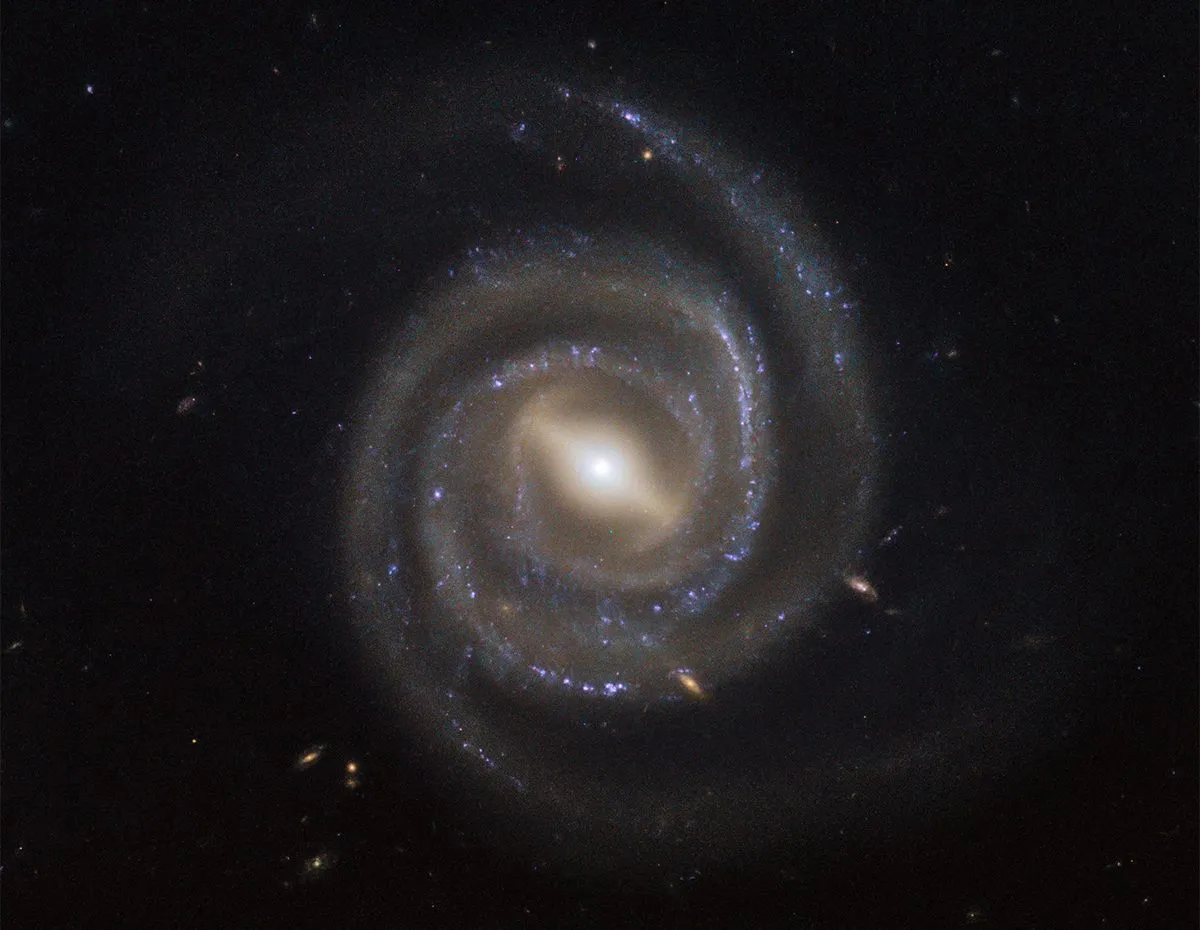
Make a model of the Milky Way
In this family-friendly project we are making a model of the Milky Way so you can explore our Galaxy from your home.
Each step provides a learning opportunity, and all you need to get started is a good reference photo of the Milky Way (see above) and some basic craft materials.
Making the model larger makes it easier to add fine details, but because A3 black craft foam craft sheets (or cardboard) may be harder to find, we joined two A4 sheets together.
We have a black mini-pompom at the centre for our black hole; you won’t see it in the finished model, but you’ll know it’s there!
To represent the different components of the spiral arms we are using coloured glitter glue plus chalk dust mixed with lustre dust for extra sparkle.
A yellow mini-pompom marks the Sun’s position. (Please don’t wash glitter down the sink where it can pollute our oceans.)
After completing this project, you’ll be much more familiar with our place in relation to our home Galaxy!
Tools and materials
Five A4 black craft foam sheets; we used four sheets for the disc and one to create a display stand.
Cotton wool – this will be used to create the spiral arms and the central bulge of the Galaxy.
Two mini pompoms: a black one (black hole) and a yellow one (Sun).
Different coloured glitter glue to represent the different stars and star-forming regions along the spiral arms. We also used nail varnish with silver and gold particles and lustre-dust used in cake decorating.
A reference picture showing the Milky Way’s spiral arms.
